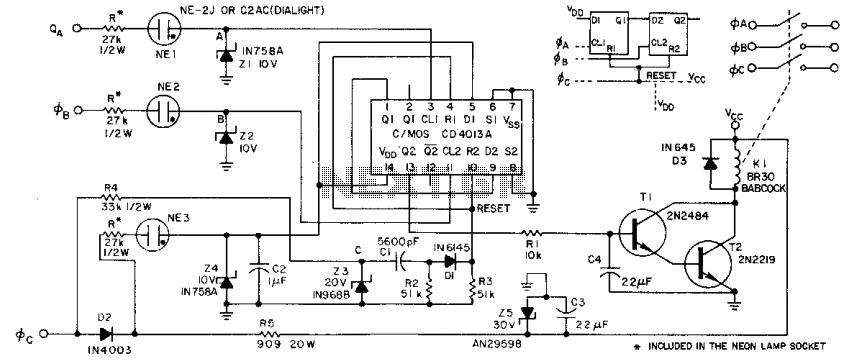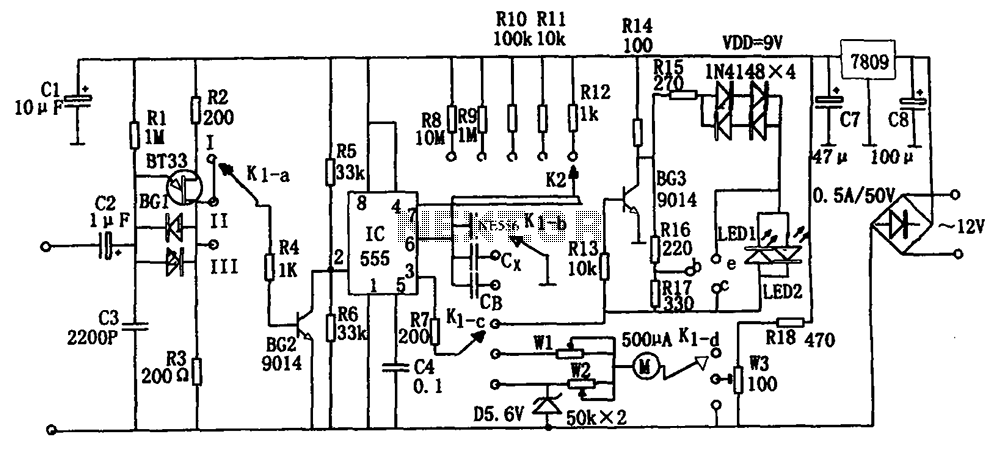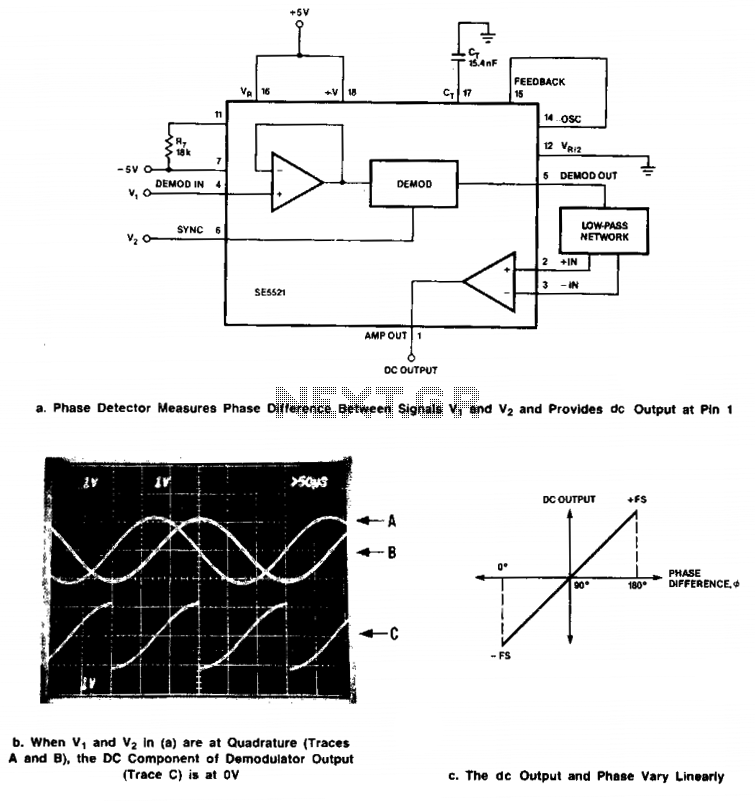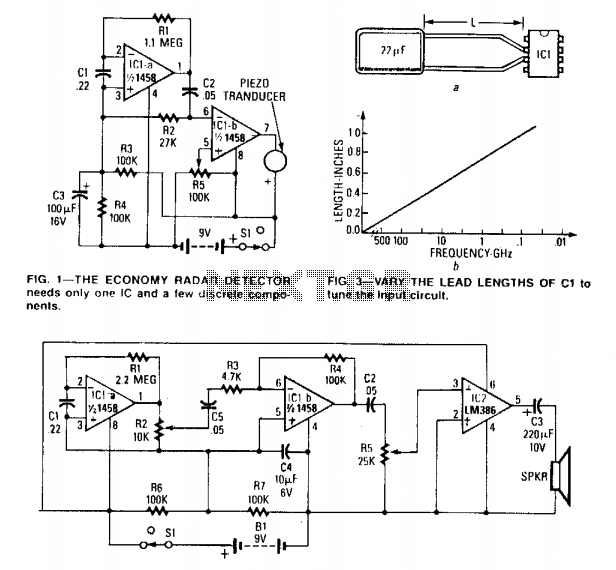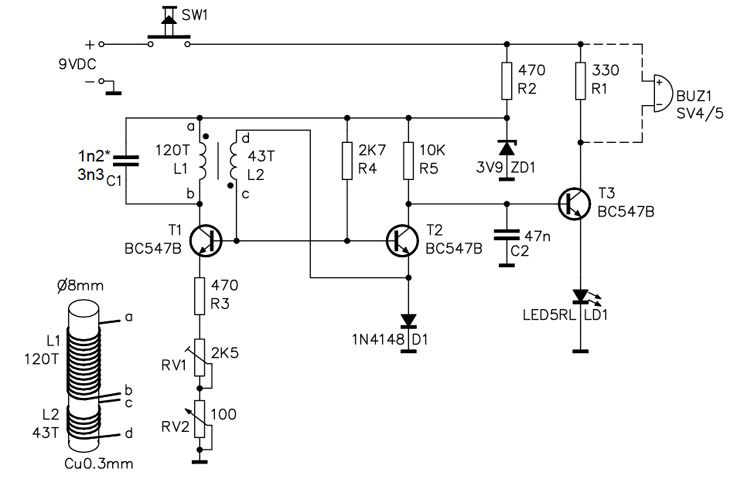
Peak detector
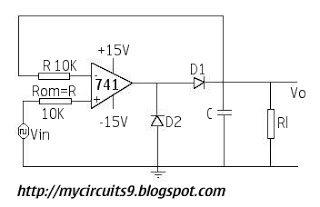
The circuit presented includes resistors of 10k ohms and capacitors of both 1µF and 10µF. There is also a diode included in the schematic. Assistance is requested for corrections to achieve the desired output.
The circuit design consists of a resistor network with a value of 10k ohms, which is commonly used for current limiting or voltage division. The choice of capacitors, 1µF and 10µF, suggests that this circuit may involve timing applications or filtering, where the capacitance value can significantly influence the circuit's performance characteristics. The presence of a diode indicates that the circuit may include rectification or protection elements, ensuring that current flows in a specific direction or preventing reverse polarity damage.
To achieve the desired output, it is essential to verify the connections in the schematic. The orientation of the diode must be correct, as reversing it will prevent current flow. Additionally, the values of the capacitors should be chosen based on the application requirements; for instance, a larger capacitor (10µF) will provide a longer discharge time compared to a smaller one (1µF), affecting the timing or filtering behavior of the circuit.
Further troubleshooting steps include checking the power supply connections, ensuring that the circuit is powered correctly, and measuring the voltage across various components to identify any discrepancies. It is also advisable to confirm that all components are functioning correctly and are rated for the appropriate voltages and currents. If the circuit is part of a larger system, interactions with other components should be considered, as they may affect the overall performance.I tried the circuit below, but i couldn`t make the output.. Plz help me with corrections. In schematic: Resistors - 10k capacitor - I tried both 1uf and 10 uf Diode .. 🔗 External reference
The circuit design consists of a resistor network with a value of 10k ohms, which is commonly used for current limiting or voltage division. The choice of capacitors, 1µF and 10µF, suggests that this circuit may involve timing applications or filtering, where the capacitance value can significantly influence the circuit's performance characteristics. The presence of a diode indicates that the circuit may include rectification or protection elements, ensuring that current flows in a specific direction or preventing reverse polarity damage.
To achieve the desired output, it is essential to verify the connections in the schematic. The orientation of the diode must be correct, as reversing it will prevent current flow. Additionally, the values of the capacitors should be chosen based on the application requirements; for instance, a larger capacitor (10µF) will provide a longer discharge time compared to a smaller one (1µF), affecting the timing or filtering behavior of the circuit.
Further troubleshooting steps include checking the power supply connections, ensuring that the circuit is powered correctly, and measuring the voltage across various components to identify any discrepancies. It is also advisable to confirm that all components are functioning correctly and are rated for the appropriate voltages and currents. If the circuit is part of a larger system, interactions with other components should be considered, as they may affect the overall performance.I tried the circuit below, but i couldn`t make the output.. Plz help me with corrections. In schematic: Resistors - 10k capacitor - I tried both 1uf and 10 uf Diode .. 🔗 External reference
